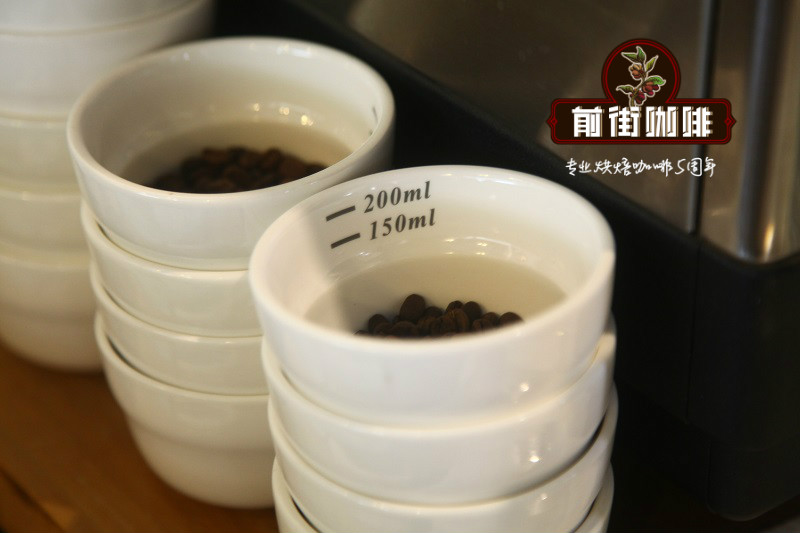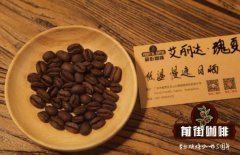How to extract decaffeinated coffee? Four treatments of decaffeinated?
Professional coffee knowledge exchange More coffee bean information Please pay attention to coffee workshop (Weixin Official Accounts cafe_style)
Wash off caffeine.
Much of the caffeine in energy drinks is "washed" from the coffee beans: companies that make decaf coffee sell the byproduct to soda or energy drink manufacturers to make the most of it.
To remove the caffeine from the beans, it is necessary to "soak" and "isolate". Ludwig Roselius, a German, attempted to leach caffeine with a series of acids and bases in 1903 and succeeded in isolating it with benzene solution. He later patented the process under his own name (Roselius Process), and his decaf coffee factory was the predecessor of the multinational Kraft. However, since benzene is a carcinogen, this method has been discontinued.
Direct and indirect refer to where caffeine is taken. The former method is to wash cooked raw beans with different solutions to reduce caffeine in beans. The indirect method is to extract the flavor of raw beans before removing caffeine from the water with solution.
Decaffeinated coffee is processed in four ways:
indirect solvent
In this way, coffee beans are soaked in near-boiling water for several hours, extracting caffeine and many flavor elements into the water. This water is then separated from the coffee beans, and methylene chloride or ethyl acetate is added. Chemical molecules break down the caffeine and heat it to evaporate it. The final liquid is then introduced into the coffee beans to reabsorb the coffee fat and aroma. This method is quite popular in Europe, and there are also names such as European Law, Methylene Chloride Law, European Steps, etc.
direct solvent
This method steams the coffee beans for about 30 minutes, allowing the pores of the coffee beans to be heated and then rinsed with a solvent, usually methylene chloride or ethyl acetate. After about 10 hours, the caffeine is removed, and then the solvent is discarded and the coffee beans are steamed again to remove the residual chemicals. This method usually uses ethyl acetate, also known as natural decaffeination or ethyl acetate.
Swiss Water Treatment Act
When coffee beans are soaked in warm water, caffeine dissolves in the water. Activated carbon filters filter caffeine and pour the solution back into the beans. This method does not use chemical solvents, but coffee loses a lot of flavor during the filtration process.
carbon dioxide high pressure extraction
In this method, coffee beans soaked in water are placed in stainless steel buckets, and high pressure is applied to the released carbon dioxide to turn it into a liquid, which extracts caffeine, and then the carbon dioxide liquid returns to room temperature and turns back into a gas. This method is usually used for large quantities of coffee beans because of the cost, such as branded brands that can be found in supermarkets.

end
Important Notice :
前街咖啡 FrontStreet Coffee has moved to new addredd:
FrontStreet Coffee Address: 315,Donghua East Road,GuangZhou
Tel:020 38364473
- Prev

The characteristics of coffee in El Salvador and the description of coffee varieties in 5 areas in El Salvador
Professional coffee knowledge exchange more coffee bean information please follow the coffee workshop (Wechat official account cafe_style) El Salvador (El Salvador) well-known representative coffee: El Salvador (El Salvador) El Salvador is a highland terrain, is the smallest country in Central America, flanked by Guatemala and Honduras. As there are two buildings in the area
- Next

Panama Arida ASD anaerobic fermentation low temperature slow sun roses summer coffee beans should be how to cook?
Professional coffee knowledge exchange more coffee bean information please follow the coffee workshop (Wechat official account cafe_style) A few days ago into a Panamanian Arida Manor rose summer, these days are finally ready to brew ~ | beans introduction | Arida Manor has always been famous for sun treatment, but the place of this bean
Related
- Detailed explanation of Jadeite planting Land in Panamanian Jadeite Manor introduction to the grading system of Jadeite competitive bidding, Red bid, Green bid and Rose Summer
- Story of Coffee planting in Brenka region of Costa Rica Stonehenge Manor anaerobic heavy honey treatment of flavor mouth
- What's on the barrel of Blue Mountain Coffee beans?
- Can American coffee also pull flowers? How to use hot American style to pull out a good-looking pattern?
- Can you make a cold extract with coffee beans? What is the right proportion for cold-extracted coffee formula?
- Indonesian PWN Gold Mandrine Coffee Origin Features Flavor How to Chong? Mandolin coffee is American.
- A brief introduction to the flavor characteristics of Brazilian yellow bourbon coffee beans
- What is the effect of different water quality on the flavor of cold-extracted coffee? What kind of water is best for brewing coffee?
- Why do you think of Rose Summer whenever you mention Panamanian coffee?
- Introduction to the characteristics of authentic blue mountain coffee bean producing areas? What is the CIB Coffee Authority in Jamaica?

